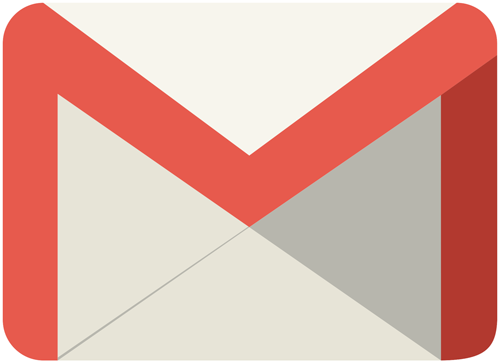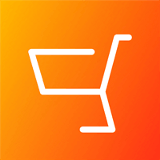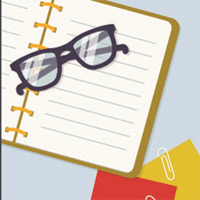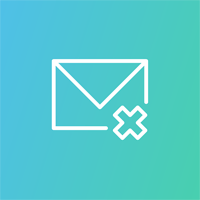Gmail Promotions Tab: Retail Friend or Foe?

Whether it's a new layout on their favorite social media network or a new operating system on their phones, people often resist change.
Gmail's "Tabs" update, in particular, panicked both end-users and the marketers trying to reach them. Research after the fact, however, paints a different picture. In fact, Bluecore recently found that, on average, 63.75 percent of Gmail users still use the Promotions tab today, with millennials (70 percent) and Generation Z (73 percent) being the most active. Website Magazine caught up with Bluecore Senior Vice President of Data Analysis and Insights Jared Blank to learn more about how Gmail use has evolved and to discuss Bluecore's most recent report.
1. What were some of the concerns that email marketers originally had about the Gmail promotions tab?

When Google launched the Gmail promotions tab, many email marketers panicked. Some deemed it "the death of email marketing" and believed it would send their brand's messages into a black hole. Email marketers wondered how they would get in front of their target audiences if promotional emails were being filtered to what was then thought of as a "spam" folder.
2. Has the Gmail promotions tab helped marketers get their messages seen or hurt them since its release?
Despite initial fears that the promotions tab would essentially "kill" email marketing, it's actually done the exact opposite. Marketing emails no longer get lost and overlooked - they're filtered neatly into a tab where consumers can access them when they're ready to shop. In fact, our research reveals that 81 percent of consumers check the promotions tab to locate deals and offers from their favorite brands. There's a clear appetite for these marketing communications, as 15 percent of consumers check it "several times a day." Meanwhile, 46 percent are checking it at least daily and 70 percent are checking it at least weekly. Thanks to Gmail's promotions tab, marketing emails won't be overlooked when consumers are busy sifting through work or personal emails. Rather, they will be viewed when customers are eager to shop and ready to learn about what a brand has to offer.
3. Why do you think email has continued to be a preferred channel for consumers to engage with brands (over social, etc.)?
Email is the preferred channel for consumers to engage with brands because they have complete control over the content they see and whether or not they see that content. In fact, more than two-thirds of consumers say they think email is the most personal way that they interact with retailers. I believe email is the most preferred mode of communication because it's one of the few opt-in marketing channels left. Additionally, email has the format to provide rich visuals and much more context than other digital channels, like SMS and social media, which are limited in character counts and creativity. Emails also have a longer shelf life than some of those other channels, which can be pushed at consumers and lost in a flood of other communications just moments later. Again, this is the beauty of tools like the Promotions tab, which filters these messages into a separate folder for safe keeping and leisurely perusal.
4. Heading into the holiday season, what advice do you have for retailers concerning mobile, Gmail or any of the other insights gleaned from the report?
As we head into the holiday season, there are a number of ways marketers can interact with their audiences. Sure, consumers say they overwhelmingly prefer email communications, but marketers cannot take that for granted. Email exchanges need to be meaningful and marketers should continue to avoid the batch and blast mentality. Remember, consumers can opt out just as easily as they opted in (if not easier).
Also, the report pointed to a majority of consumers using their smartphones to read emails. When many ecommerce marketers think of mobile, they're focused on mobile apps or SMS notifications. There's a huge opportunity to use email as a mobile tool. Use email communications to point consumers to apps that helps them navigate stores and discover new products, or share coupons that can be scanned at checkout.
Additionally, with the use of the Promotions tab and the general email traffic that consumers will see this holiday season, marketers really need to think about how to make their subject lines pop. How do they stand out in a sea of communications - and how can they be specific about what they are offering?
Any of the findings from the study surprise you? If so, why? If not, why not?
Surprisingly, our report found that baby boomers, GenX, Millennials and GenZ are equally as likely to use email to connect with brands. For example, 69 percent of all groups surveyed think email is the most personal way retailers engage with them. Interestingly, 73 percent of boomers and 62 percent of millennials prefer email over any mode of communication. Also, both boomers (36 percent) and millennials (59 percent) prefer to read email via their smartphones. With technology now at everyone's fingertips, there aren't as many differences between generations as we originally thought. One thing remains, though - personalized digital marketing campaigns are applicable across any generation.










